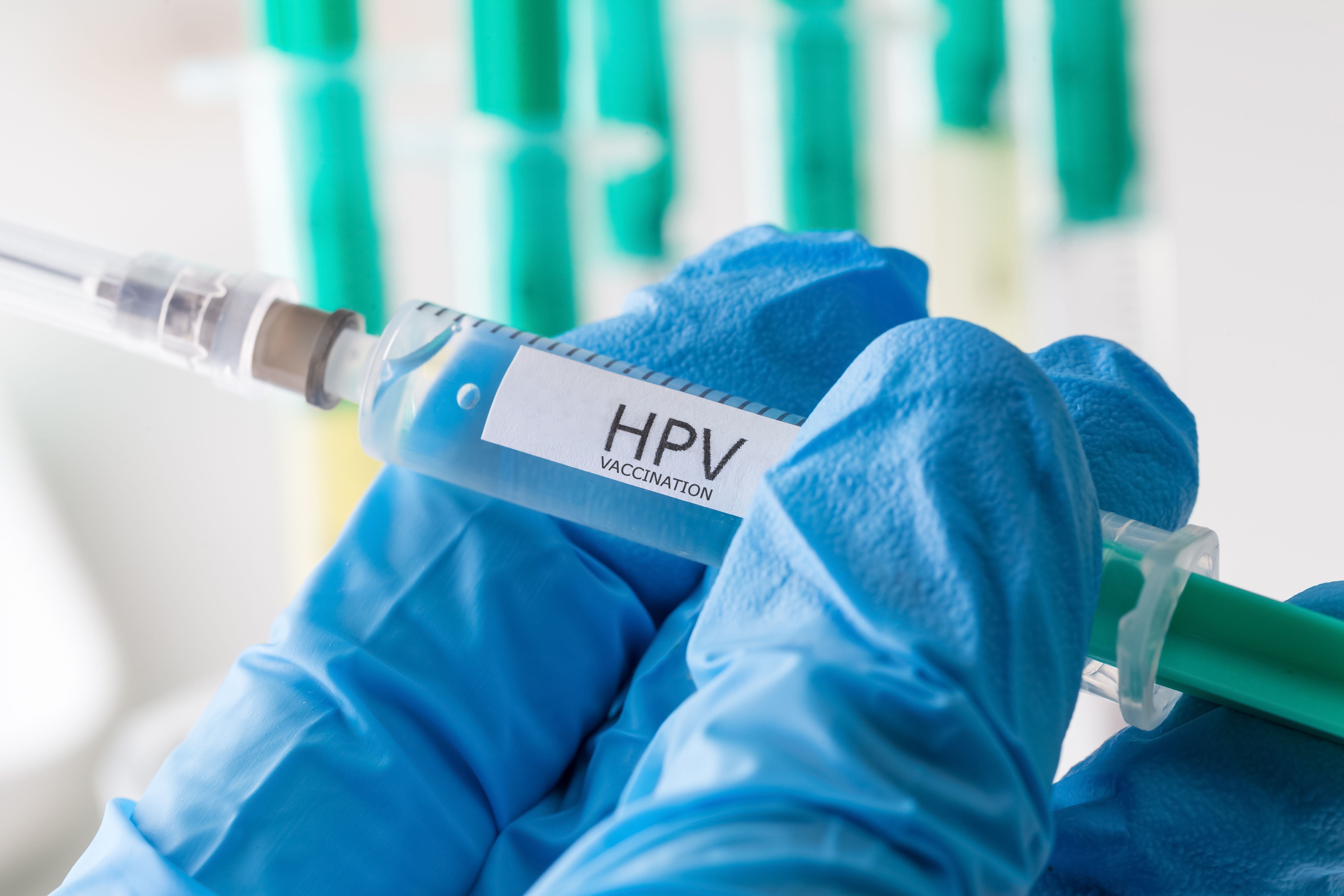HPV vaccine in Brazil reduces genital warts and cervical precancer hospitalizations
HPV vaccination in Brazil led to significant reductions in genital warts and cervical precancer hospitalizations, especially among those under 20 years of age.
Image credit: © Tobias Arhelger - stock.adobe.com

A study presented at IDWeek 2024 highlights the significant impact of Brazil's quadrivalent HPV vaccination (4vHPV) program on reducing hospitalizations for genital warts (GW) and high-grade cervical intraepithelial neoplasia (CIN2/3).
Conducted by a team of researchers from MSD and Precision Data in São Paulo, this large-scale ecological retrospective study utilized data from the Brazilian National Hospital database (SIH), which covers 75% of the country's population. The study evaluated time trends in hospitalization rates from 2011 to 2019.
Since the 4vHPV vaccine was introduced in Brazil in 2014 for girls aged 9-14 and expanded in 2017 to include boys aged 11-13 years, vaccination coverage has steadily increased. By 2019, the coverage reached 76.1% for females and 49.1% for males. Using joinpoint analysis, the study measured the annual percent change (APC) in hospitalization rates for GW and CIN2/3 across different age groups.
Key findings from the study show a remarkable decrease in hospitalizations among those younger than 20 years of age. From 2015 to 2019, there was a 23.4% per year decline in GW hospitalizations among females under 20 and a 10.8% per year reduction for males.
Additionally, CIN2/3 hospitalizations among females under 20 decreased by 21.3% per year from 2015 to 2019. These declines are consistent with global data showing the vaccine’s effectiveness in reducing HPV-related diseases, underscoring the importance of continued vaccination efforts.
However, for individuals over 20 years of age who were not eligible for the vaccine, hospitalization rates did not show a similar decline. The researchers suggest that further studies with longer follow-up periods are needed to assess the vaccine’s long-term effects on older populations.
The authors emphasized that the results provide real-world evidence of the vaccine's success in Brazil and called for expanding vaccination efforts to continue combating HPV-related diseases in the country.
This study demonstrates the critical role of vaccination programs in reducing the burden of preventable diseases and highlights the importance of reaching high coverage rates in both male and female populations.
Reference:
Orengo JC, Lima BC, Parellada CI, et al. Real-World Impact of Quadrivalent Human Papillomavirus Vaccination on Genital Warts and High-Grade Cervical Intraepithelial Neoplasia Hospitalization Rates in Brazil. Poster. Presented at: IDWeek 2024. October 16-19, 2024. Los Angeles, California.
Having "the talk" with teen patients
June 17th 2022A visit with a pediatric clinician is an ideal time to ensure that a teenager knows the correct information, has the opportunity to make certain contraceptive choices, and instill the knowledge that the pediatric office is a safe place to come for help.